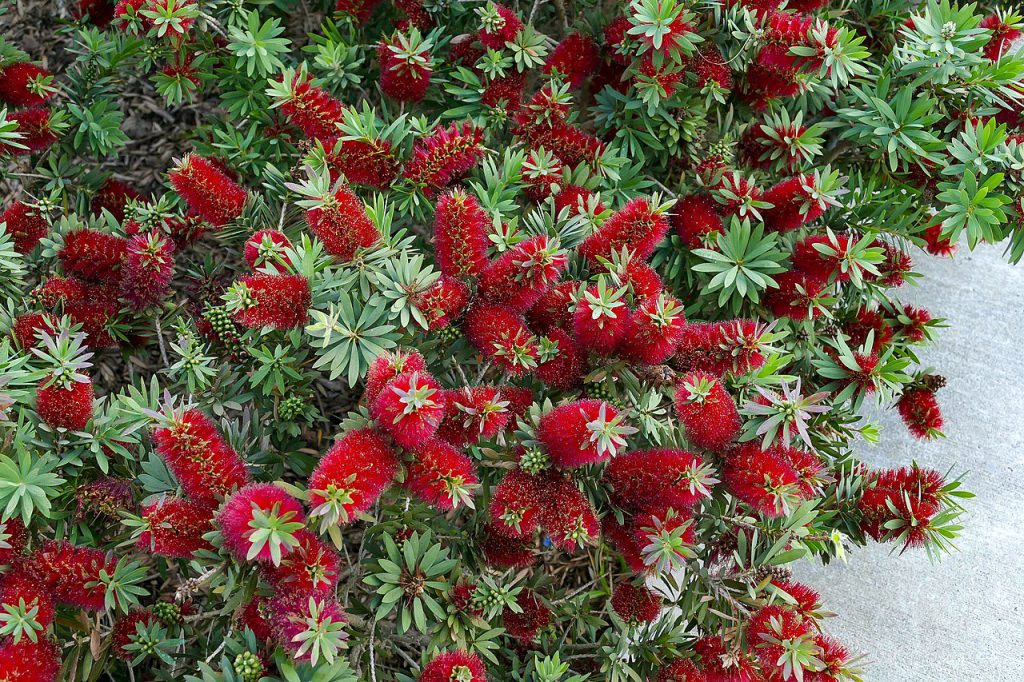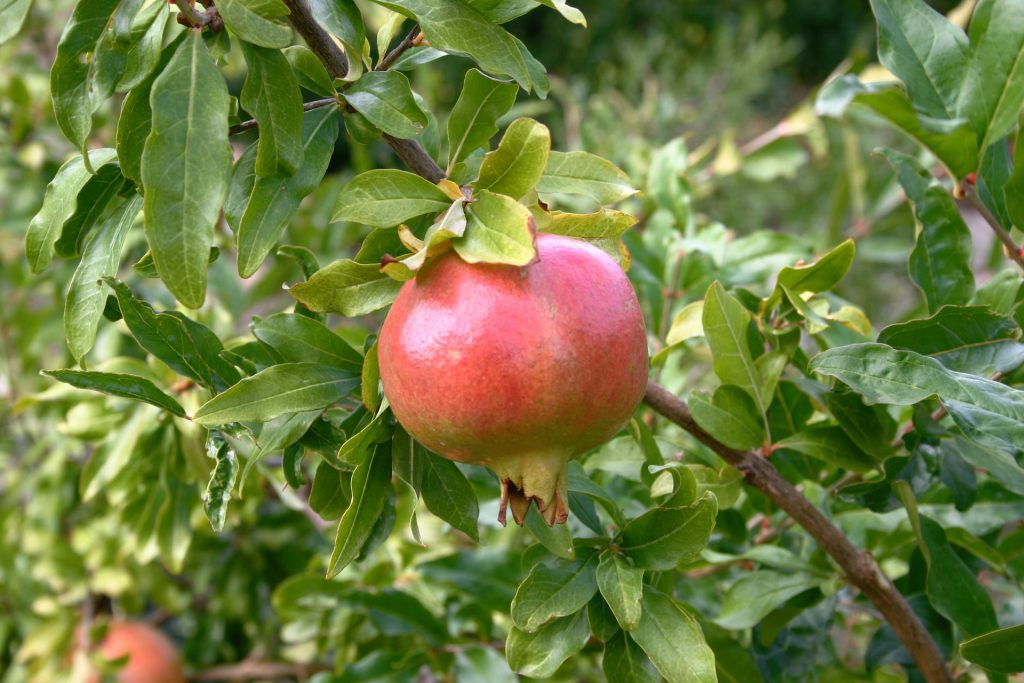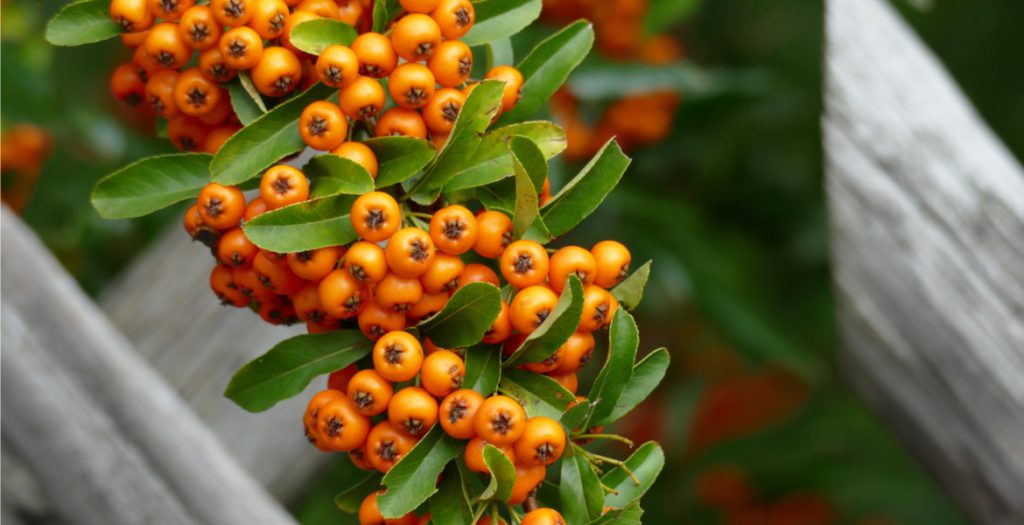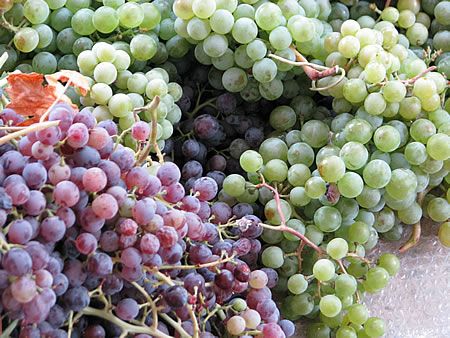Callistemon (bottlebrush) is a genus of shrubs and small trees in the family Myrtaceae, native to Australia.
The common name (bottlebrush) comes from the brush–like flowers these plants produce.
Although callistemon plants are not native to Europe, they can be grown in Europe with some care. In Greece is planted in many gardens and public places and goes really well.
In order to grow bottlebrush plants in Europe, they must be planted in a sheltered position in full sun to light shade.
The soil should be well–draining and slightly acidic, with a pH between 5.5 and 6.5.
As bottlebrush plants are native to warmer climates, they require protection from cold winter temperatures and should be covered with a layer of fleece or straw when temperatures drop below 0 degrees Celsius.
To promote flower production, bottlebrush plants should be regularly pruned back after flowering. During the growing season, they should also be watered regularly to keep the soil moist but not waterlogged.
Callistemon (bottlebrush) plants require regular feeding with a balanced liquid fertilizer.
Finally, watch out for pests and diseases such as scale insects, powdery mildew, and leaf spot.
Where to plant callistemon (bottlebrush) shrubs
Plant callistemon (bottlebrush) shrubs in a sunny location.
Plants grown in full sun produce the best flowers.
Soil
The plants aren’t picky about the soil type as long as it is well-drained. If the soil is very poor and wet then enrich it with garden compost or well-rotted farm yard manure. Once established, bottle-brush plants tolerate drought and moderate salt spray.
Water
Callistemon bottle-brush care consists of regular watering while the tree is young and annual fertilization until it matures with a high potash feed.
Water young plants weekly in the absence of rain, applying the water slowly to saturate the soil as deeply as possible.
Bottlebrush needs regular water during summer. It naturally grows along creek beds and in areas prone to flooding, so appreciates regular watering. However, most will tolerate drought and limited maintenance.
Fertilizer
A layer of mulch over the root zone will slow the evaporation of water and help prevent weeds.
Use a 5 centimeter layer of shredded hardwood or bark or a 7-10 centimeters layer of light mulch such as pine straw, hay or shredded leaves.
Fertilize callistemon (bottlebrush) shrubs for the first time in their second spring. A 5 centimeter layer of compost over the root zone makes an excellent fertilizer for bottlebrush. Pull back the mulch before spreading the compost.
Callistemon is not fully hardy and in hard cold winters will need some protection from a layer of horticultural fleece. Normally in Europe, this is in January and February.
How and when to prune Callistemon (bottlebrush)
Pruning stimulates branching, resulting in more flowers in subsequent years. Plants should be pruned after flowering, just behind the spent flowers. If this is not done the flowers produce small woody fruits containing the seed, which form in cluster along the stem.
For best results, follow these tips when pruning:
Keep pruning to a minimum by clipping 5 centimeters below the tip.
Prune as needed when pruning for shape.
Straggly bottlebrush can be severely pruned.
Greek name: Καλλιστήμων.
Sources: https://www.valentine.gr/callistemon_gr.php, https://gardenadvice.co.uk/gardening-tips/callistemon-bottlebrush-care/, https://www.bunnings.com.au/diy-advice/garden/planting-and-growing/how-to-grow-and-care-for-bottlebrush





